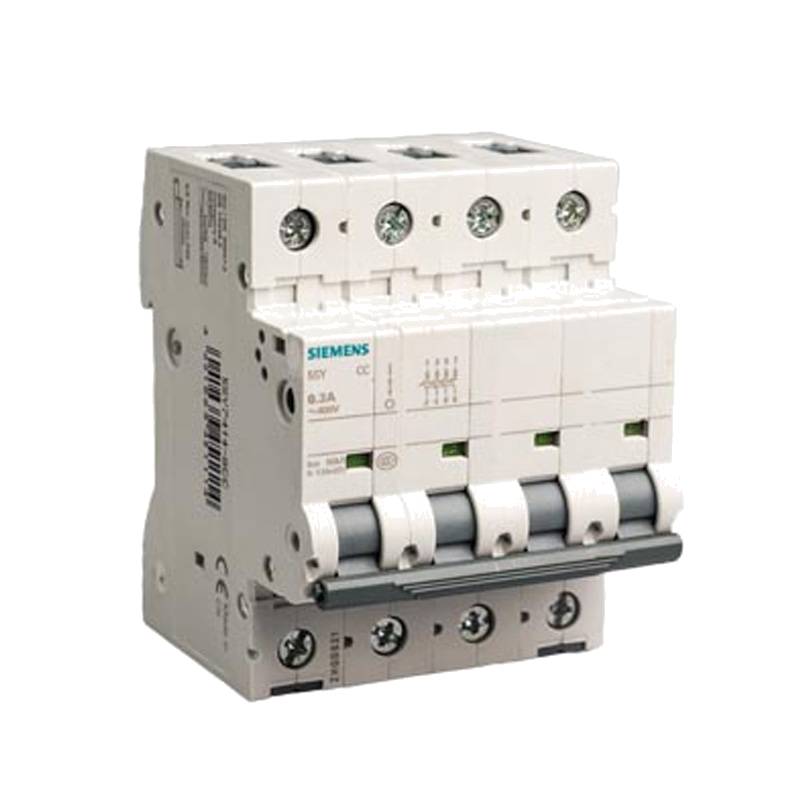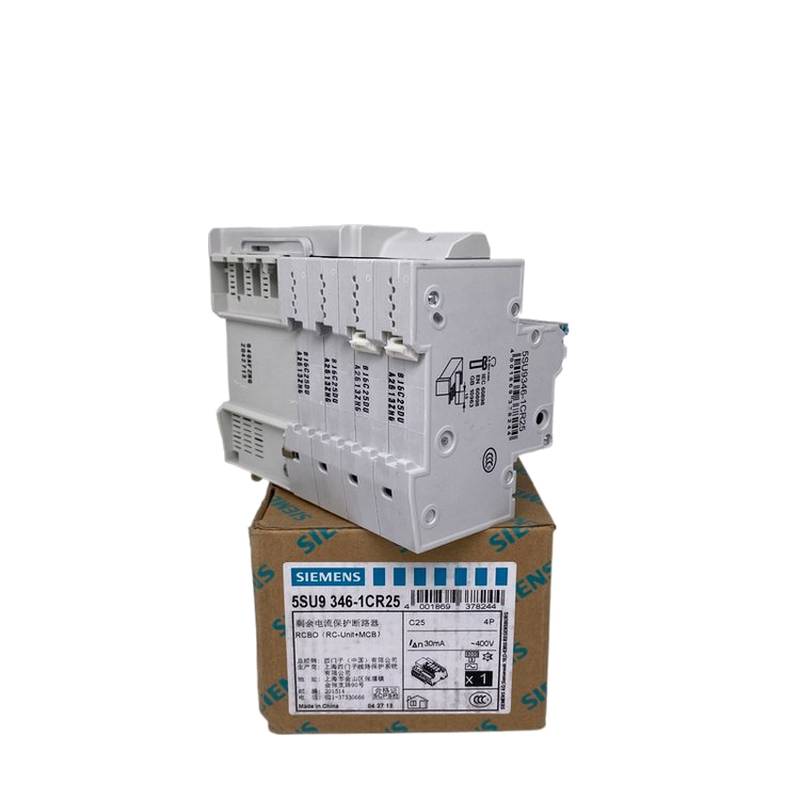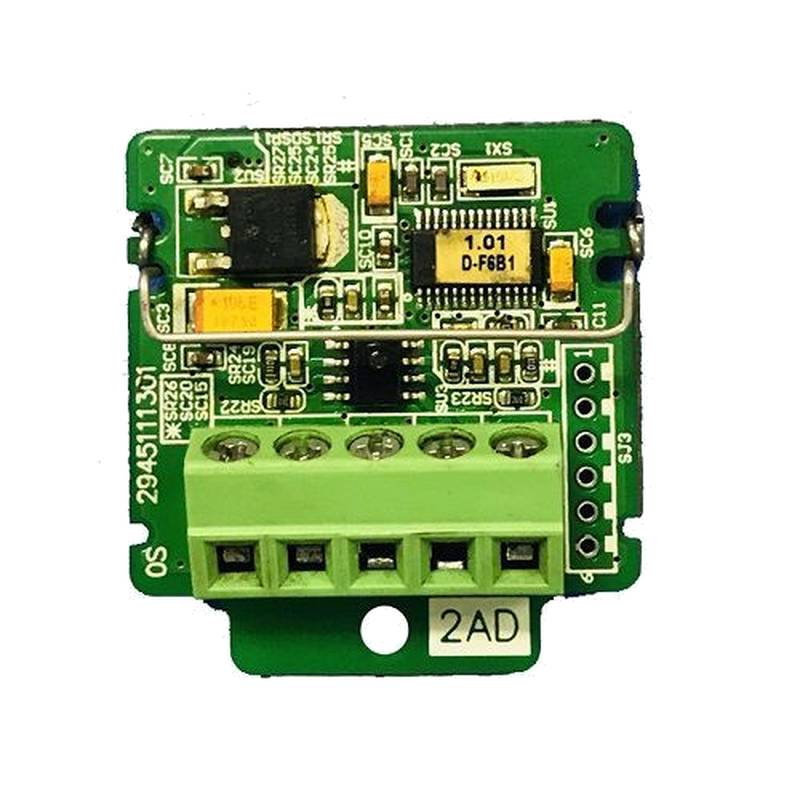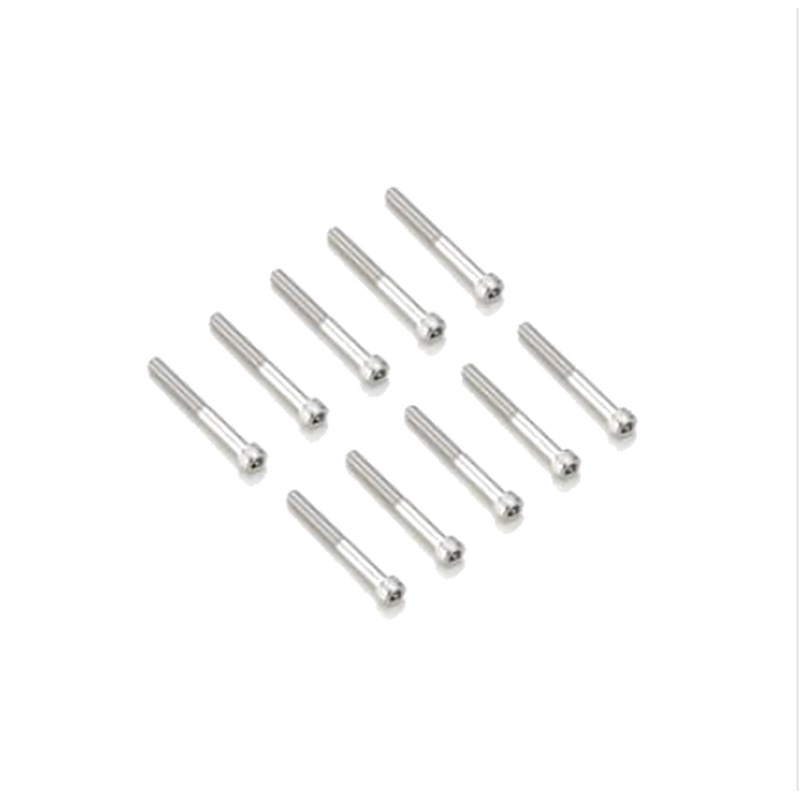
The YOULI SN-3/5S-4/18L/18L/28L/28L/28L/G334 High Flow Multiple Control Valve Bank stands as a sophisticated solution for demanding industrial fluid control applications. Engineered for high flow rates and precise multi-directional management, this valve bank offers exceptional performance and reliability. Key advantages include its robust construction, efficient fluid handling capabilities, and the flexibility to manage multiple circuits from a single, integrated unit. Technical parameters highlight its suitability for a range of operational pressures and flow volumes, ensuring it meets rigorous industrial standards. This unit is designed for applications requiring rapid and accurate switching between different fluid paths.
Product Specifications
| Feature | Specification |
| :------------------ | :------------------------------------------------------ |
| Model Number | SN-3/5S-4/18L/18L/28L/28L/28L/G334 |
| Type | High Flow Multiple Control Valve Bank |
| Control Type | Solenoid Actuated |
| Flow Rate Capacity | High (Specific L/min to be confirmed by detailed specs) |
| Ports | Multiple (Specific number and sizes to be confirmed) |
| Voltage | Configurable (e.g., 24VDC, 110VAC, 220VAC) |
| Material | Durable Industrial Grade (e.g., Aluminum, Brass) |
| Operating Pressure | High Pressure Capabilities |
| Sealing | Robust Sealing for Leak Prevention |
| Mounting | Versatile (e.g., Panel Mount, Inline) |
| Environmental Rating| Suitable for Industrial Environments |
Core Features & Market Positioning
The YOULI SN-3/5S-4/18L/18L/28L/28L/28L/G334 distinguishes itself through its inherent modularity and high-capacity fluid handling. Its design prioritizes efficiency, minimizing pressure drops even at peak flow rates, a critical factor in optimizing system performance and energy consumption. This valve bank is positioned as a premium component for automation systems where reliability and precise control are paramount. Manufacturers and system integrators often select this model for its ability to consolidate multiple control functions into a single, streamlined unit, reducing complexity and potential leak points compared to assembling individual valves. The "G334" designation often indicates specific enhancements or configurations tailored for advanced applications.
Key Application Scenarios
This high flow multiple control valve bank finds its optimal use in a variety of industrial sectors. It is particularly well-suited for automated manufacturing processes, such as those found in the automotive, aerospace, and heavy machinery industries, where precise control of hydraulic or pneumatic systems is essential for assembly lines, robotic operations, and material handling. Applications in packaging machinery, where rapid and accurate actuation of pneumatic components is required, also benefit from its capabilities. Furthermore, its robust design makes it a reliable choice for process control in chemical plants and other environments where the management of multiple fluid pathways is a core operational requirement.
Practical System Integration Guidance
Integrating the YOULI SN-3/5S-4/18L/18L/28L/28L/28L/G334 requires careful consideration of its pneumatic and electrical interfaces. Pneumatically, ensure all supply and port lines are correctly sized for the specified high flow rates to prevent choking or excessive backpressure. Solenoid wiring should align with the specified voltage and current requirements, with proper grounding and insulation essential for safety and longevity. Many systems utilize PLCs for control, so programming involves mapping the valve bank's solenoid inputs to the PLC's output modules, often using specific function blocks or ladder logic to manage sequences and interlocks. Attention to manifold mounting integrity is crucial to prevent vibration-induced failures and ensure leak-free operation.
Operation and Risk Mitigation
Operating the YOULI SN-3/5S-4/18L/18L/28L/28L/28L/G334 effectively involves understanding its flow paths and actuation logic. Regular inspection for leaks, particularly at port connections and solenoid seals, is a primary risk mitigation strategy. Ensure the control system's signal integrity to prevent unintended actuation. In environments with particulate contamination, consider inline filtration to protect solenoid internals and prevent blockages, which could lead to operational faults. Over-pressurization is a significant risk; always operate within the valve bank's specified pressure limits. Unexpected actuator behavior or sluggish response can indicate issues with solenoid coils, pilot air supply, or internal spool wear, requiring prompt diagnosis.
Scalability & Long-Term Value
The inherent modularity of the YOULI SN-3/5S-4/18L/18L/28L/28L/28L/G334 contributes significantly to its long-term value and scalability. While direct "upgrade paths" for the valve bank itself are limited by its integrated nature, its ability to handle high flow and multiple functions allows systems to grow without necessarily requiring a complete overhaul of the fluid control architecture. When integrating with IIoT solutions, the valve bank's electrical interfaces can be connected to smart I/O modules, enabling remote monitoring of actuation status, pressure, and flow data, thereby contributing to predictive maintenance and process optimization. Its compatibility with standard industrial control protocols ensures seamless integration into evolving digital manufacturing ecosystems.
FAQs
What are the typical flow rates for the YOULI SN-3/5S-4/18L/18L/28L/28L/28L/G334?
Detailed flow rate specifications are product-dependent and should be sourced from the official datasheet. However, "High Flow" implies suitability for demanding applications.
These valves are designed to handle significant volumes, minimizing pressure drop for efficiency. This is crucial in high-speed automation.
Understanding the exact flow rate is vital for hydraulic or pneumatic system design and performance calculations.
How is the YOULI SN-3/5S-4/18L/18L/28L/28L/28L/G334 controlled?
Control is typically achieved via electrical signals activating integrated solenoid coils. These solenoids shift internal spools.
The valve bank's numerous ports allow for complex routing of fluids based on the solenoid actuation sequence. It's a multi-way, multi-position device.
Users often interface these solenoids with PLCs or other programmable logic controllers for automated operational sequences.
What are common applications for this type of valve bank?
This valve bank is ideal for complex automated machinery and assembly lines. Think automotive manufacturing or robotics.
Its high flow capacity makes it suitable for systems requiring rapid cylinder actuation or large volume fluid transfer. Packaging machinery is a prime example.
It's also used in industrial process control where precise management of multiple fluid paths is necessary. Chemical or water treatment plants may utilize it.
What technical specifications are most important for system designers?
Flow rate capacity and port sizes are paramount for matching system demand. Pressure ratings are critical for safety and longevity.
Solenoid voltage and power consumption dictate electrical interface requirements and control system design. Sealing materials matter for fluid compatibility.
Understanding the valve bank's duty cycle and response time helps ensure system responsiveness and efficiency.
How does the "G334" designation affect the product's functionality?
The "G334" likely signifies a specific configuration or enhancement of the base SN-3/5S-4 model. It could relate to specialized materials or features.
This might indicate a higher pressure rating, a specific spool type for unique flow characteristics, or an enhanced environmental resistance package.
Consulting the manufacturer's documentation is key to understanding the precise benefits and applications associated with this designation.
What are the typical installation requirements for this valve bank?
Proper mounting is essential to prevent vibration and ensure seal integrity. Ensure adequate space for wiring and pneumatic connections.
Pneumatic lines must be clean, dry, and appropriately sized for the high flow rates to avoid performance degradation. Electrical connections must match solenoid specifications.
System depressurization and lockout/tagout procedures are mandatory before commencing any installation or maintenance work.
How can I ensure reliable operation of the YOULI SN-3/5S-4/18L/18L/28L/28L/28L/G334?
Regularly inspect all pneumatic connections for leaks and ensure proper sealing. Monitor system pressure and flow rates against design parameters.
Verify electrical connections are secure and that the control signals are being sent correctly to the solenoids. Keep the operating environment clean.
Implement a preventive maintenance schedule that includes checking solenoid responsiveness and, if necessary, cleaning or replacing seals.
What are potential failure modes and how can they be addressed?
Solenoid failure can lead to loss of actuation for specific ports. This might require coil replacement or investigation of control signal issues.
Internal spool wear or contamination can cause sluggish response or leakage between ports. Cleaning or replacing the valve bank may be necessary.
External leakage typically stems from damaged seals or improperly tightened fittings. Replacing seals or re-torquing connections usually resolves this.
Can this valve bank be integrated into IIoT platforms?
Yes, by connecting its electrical signals to smart I/O modules or gateways. These devices transmit operational data wirelessly or via Ethernet.
Monitoring actuation cycles, pressure, and temperature remotely allows for predictive maintenance and process optimization via IIoT analytics.
This integration transforms a traditional component into a data-generating asset within a smart factory environment.
What is the expected lifespan and maintenance for this valve bank?
Lifespan is highly dependent on application, fluid cleanliness, and operating environment, often measured in millions of cycles. Regular visual inspections are crucial.
Preventive maintenance should include checking for external leaks and ensuring solenoids actuate reliably. Periodic fluid analysis can indicate potential issues.
Major overhauls or replacements are typically scheduled based on performance degradation rather than a fixed time interval, guided by monitoring data.

























